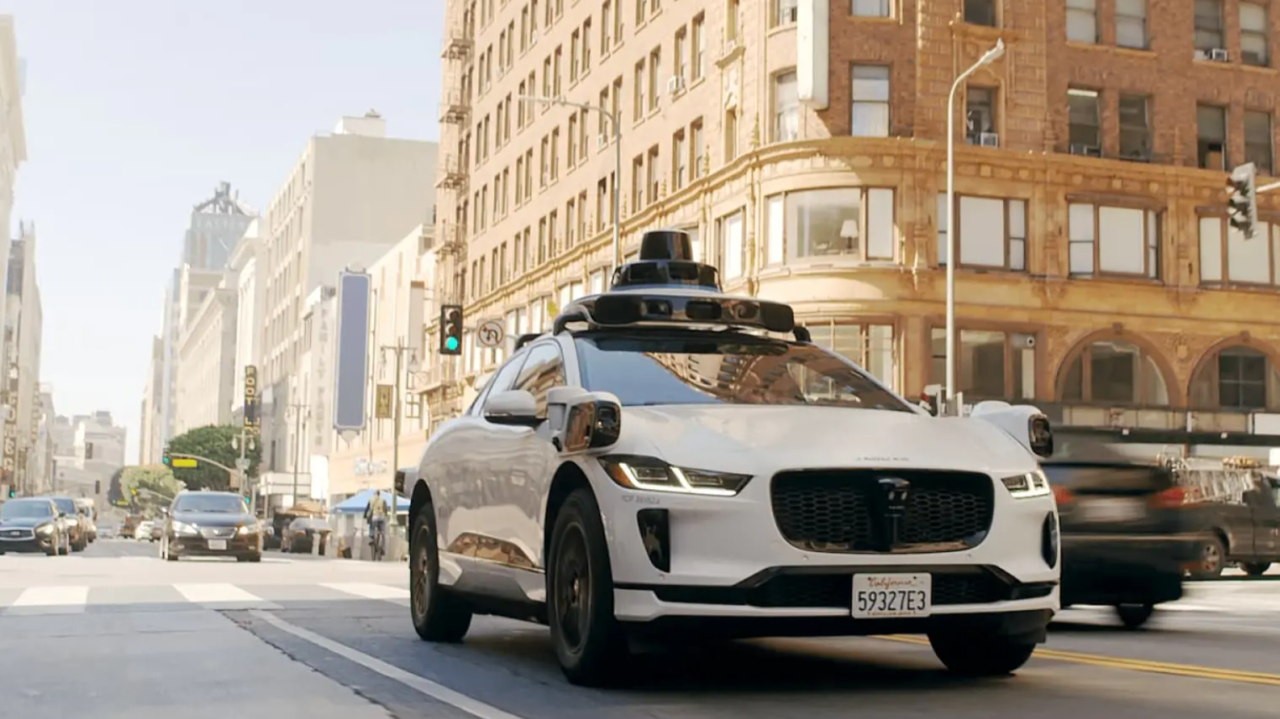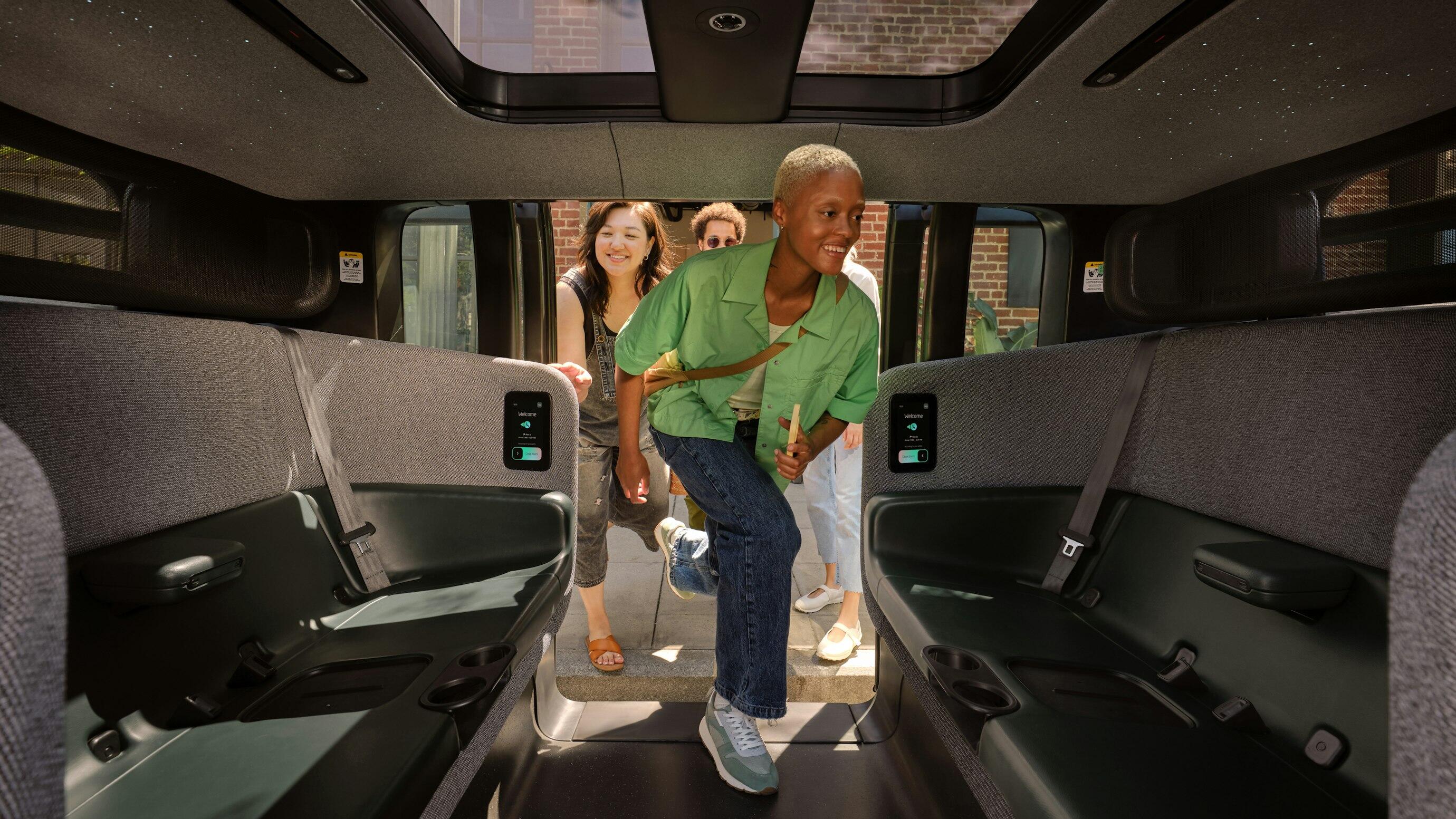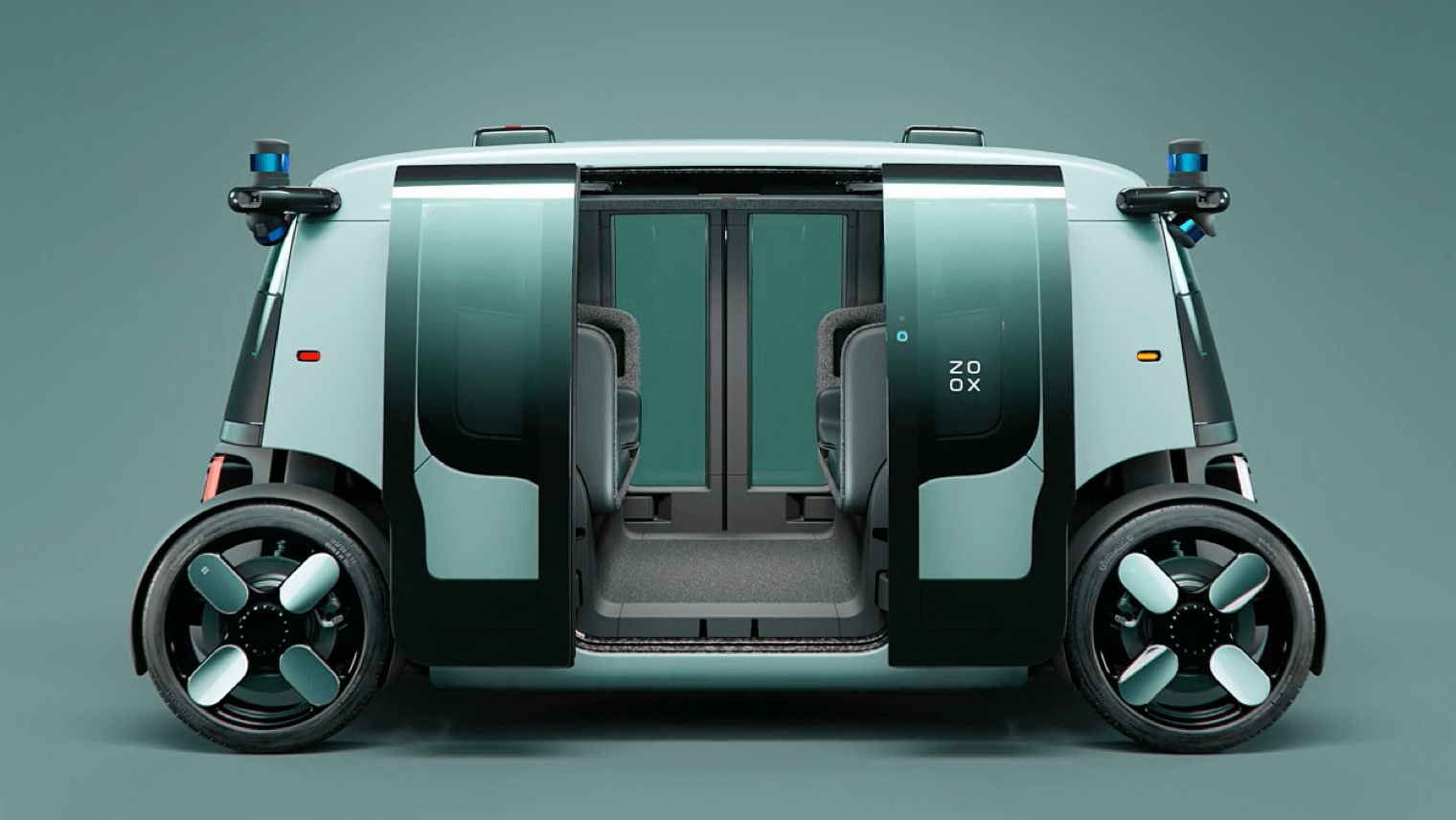Self-driving taxis have gone from fantasy to reality in recent years - and now, they could be coming to a city near you.
While Alphabet-owned Waymo pushes forward with sweeping expansion plans, competitors including Amazon’s Zoox, Tesla, and Baidu’s Apollo Go are threatening to disrupt a rapidly growing sector.
The global robotaxi market’s value is projected to reach US$38.9 billion by 2030, according to Research and Markets.
Waymo's road rules
Waymo has announced sweeping plans to expand both domestically and internationally this year. It currently operates robotaxis in Los Angeles, San Francisco, and Phoenix, and this month opened a waitlist to offer self-driving rides through Uber in Austin.
According to Waymo, the company completed four million paid robotaxi trips in 2024.
Waymo said in December that it would begin testing its robotaxis in Tokyo in early 2025. This will be Waymo’s first venture outside the United States, as well as its first in a left-hand traffic region.
The company will partner with Japanese taxi operator Nihon Kotsu and taxi app GO to test its self-driving Jaguar I-PACE vehicles as part of their fleets.
“While we look forward to bringing the life-saving benefits of the Waymo Driver global, we have no plans to serve riders in Tokyo at this time,” said Waymo spokesperson Sandy Karp. “Rather, we’re bringing our technology to learn and understand how Waymo fits into the existing transportation landscape and learning how to best partner with local officials and communities.”
Waymo also said in December that it would begin testing its vehicles in Miami in 2025, before rolling out robotaxi operations in 2026.
The company closed a US$5.6 billion funding round in October targeted at future expansion. Waymo’s total capital raised stands at more than $11 billion, with Alphabet investing another $5 billion into Waymo from 2024.

Competition rolls out
Competition in the robotaxi sphere is set to intensify in 2025, with Amazon’s Zoox preparing to launch and companies outside the United States testing internationally.
Zoox has been testing its robotaxis in cities like San Francisco and Las Vegas. Unlike Waymo vehicles, Zoox taxis have no steering wheel or driver’s seat, and their self-driving technology has 360-degree visibility through an array of sensors.
“Zoox has taken an approach to create a tapestry of LiDAR, radar thermal imaging and then overlay that with cameras and create different quadrants of sensors on the vehicles,” said Zoox director of fleet operations Justin Windus.
While Tesla unveiled a robotaxi prototype vehicle known as the Cybercab in October, no release date has been set for a taxi rollout. It operates 104 vehicles capable of self-driving in California, albeit under a licence that requires human safety drivers.
Uber said last month that it would partner with Nvidia to develop self-driving technology, using Nvidia’s Cosmos platform for artificial intelligence training. As well as hosting Waymo vehicles, Uber agreed to add robotaxis from General Motors’ Cruise before Cruise’s closure.
Lyft similarly hopes to roll out robotaxis in Texas from 2026, provided by Intel's self-driving vehicle subsidiary Mobileye.
In Wuhan, China, robotaxis from Baidu subsidiary Apollo Go can be ordered for as little as 4 yuan (A$0.88), less than one quarter of the price for a human-driven taxi. Apollo Go was given permits to test its robotaxis in Hong Kong from December 2024, its first expansion outside mainland China.
China’s WeRide also obtained robotaxi test permits for the U.S. last year, and is planning a Nasdaq IPO.

Speed limits
Despite the market’s rapid expansion, robotaxis can still harbour life-threatening software faults, and are often investigated by regulators.
Cruise, General Motors’ robotaxi division, closed down in December after posting consistent losses, including a US$435 million loss in 2024’s third quarter. Although General Motors invested over $10 billion in Cruise since acquiring the company in 2016, Cruise never reported a profit.
Cruise’s robotaxi permits were suspended in California after a Cruise vehicle struck a pedestrian in 2023, and the company paid a US$500,000 settlement in November for allegedly failing to report details of the crash to the National Highway Traffic Safety Administration (NHTSA).
The NHTSA found in April that Tesla’s self-driving Autopilot feature contributed to at least 13 fatal crashes, and the agency said last month it was investigating crashes caused by Tesla’s Smart Summon self-driving function.
Waymo issued a total software recall in June 2024 after an empty robotaxi drove into a utility pole. The company said that its entire fleet had included the navigation defect that led to the crash.
It has also been unclear when self-driving taxis might arrive in Australia, as current state and territory laws do not permit fully automated vehicles on Australian roads.
While the Australian government opened consultation on a federal Automated Vehicle Safety Law from April to June 2024, this law has not yet been passed. Under the proposal, Australia would also introduce a new national regulator for self-driving cars. The law “will place the responsibility for the safety of an automated driving system on a corporation and not the human driver,” the government said.
Azzet has contacted the National Transport Commission for comment.

